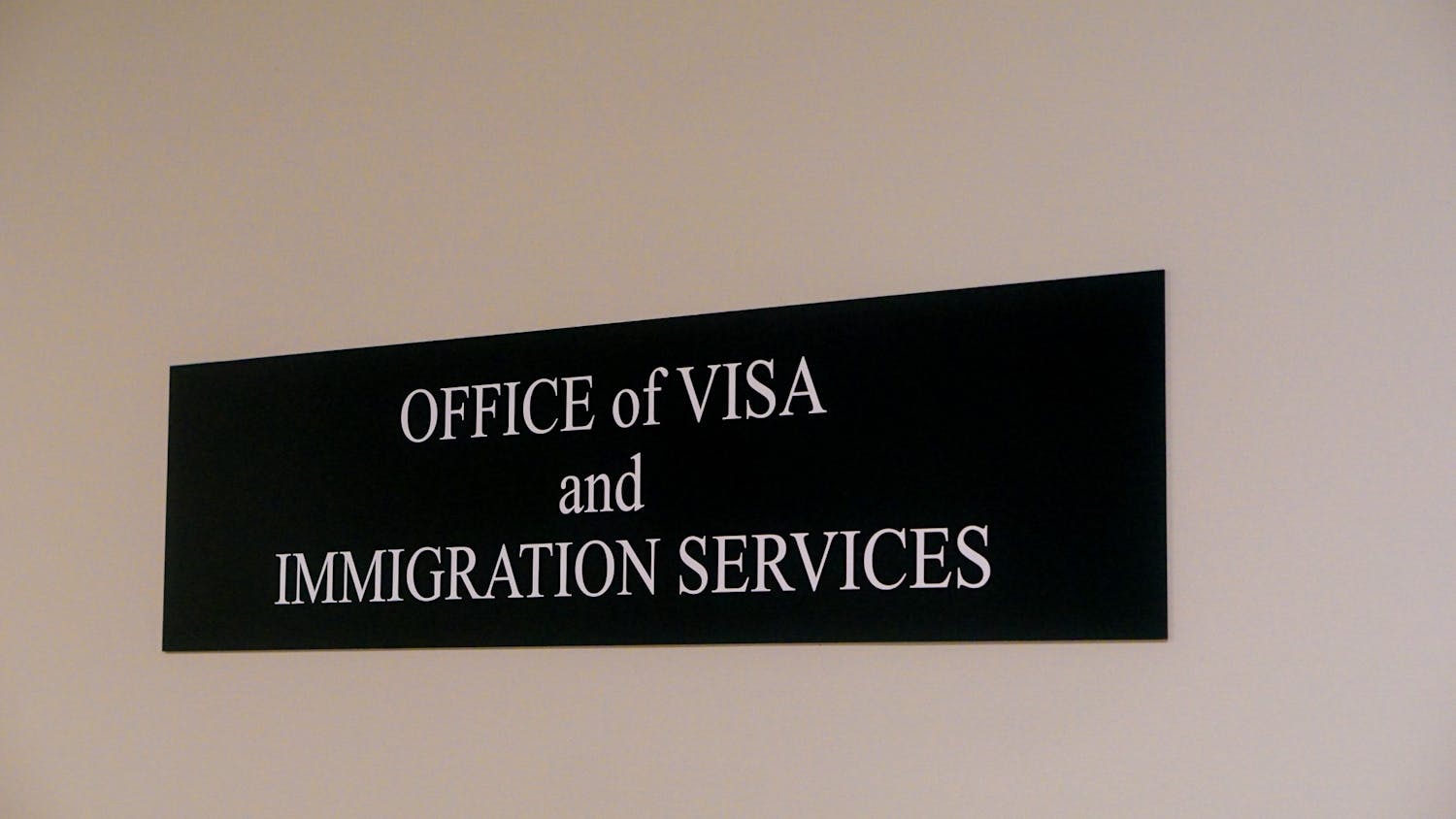Unlike the figure skater of the same name known for jumping and spinning above the ice, Thayer School of Engineering professor Victor Petrenko is getting attention for melting it.
The aerospace company Goodrich Corporation has licensed his method of helping remove ice from airplane wings, and Petrenko has formed his own company to develop its use for power lines, shoes, skis and ice machines.
Petrenko said revenue from his 14 American and 20 international patents will eventually amount to billions of dollars.
"In two, three years it will be very substantial for me," he said.
Petrenko is well down a road a number of Dartmouth professors, mainly at Thayer and Dartmouth Medical School, travel each year -- trying to patent new ideas they develop in their laboratories.
Because these ideas come about in the course of their work at Dartmouth, the College officially owns them.
Professors are required to disclose their inventions to the Technology Transfer Office, where director Alla Kan works with outside patent lawyers the College hires to determine whether ideas are patentable. If it is, the lawyers will submit a patent application, which Kan said the government often rejects initially, putting the onus on lawyers to prove why the invention deserves its own patent.
If a patent is issued, the goal becomes finding a company to pay Dartmouth to use the idea, which the company may do if it pays a licensing fee.
If any revenue is generated from the idea, it is first used to pay back legal expenses and ten percent then goes to Kan's office. After that, half goes to the inventor and half to the College, a policy Kan said is "one of the most generous in the country" for professors.
In 2005, Dartmouth took in $889,247 in licensing fees according to preliminary data from Kan. Twenty-one patents for inventions created at the College were issued, including six in the United States. The College filed for 75 in total.
The money retained by the College is divided as follows: 40 percent to the office of the Dean who presides over the inventor, 25 percent to the inventor's department, 20 percent to the provost's office, and 15 percent to the inventor's laboratory.
Thayer professor Laura Ray, who is working on a technology to block out noise that could be used for special headphones in the military, got one patent a few years ago and then a continuation that extends its scope.
But colleges normally focus on ideas' early stages, so it can be hard to get a payoff.
"To actually get some value out of it, you have to create a product," Ray said.
So, like Petrenko, she has started her own company.
At Dartmouth Medical School, professor Hillary White is continuing work on her idea to treat fibromyalgia, a muscle disorder that most often affects women, with testosterone. She got a patent in 1999.
"It's neat," she said of her patent. "You look at it and think of framing it. I guess it gets old after that."
White said the legal language involved was new to her and that she took an introductory business course at Tuck Business School to become more familiar with the business end of her field. She has used her revenue from previous projects to fund later ones.
"Money's hard to get these days," she said. "It's pulling yourself up by the bootstraps: If you get money, you plow it back in."
For his part, Petrenko said health, not wealth, is most important in his life and he plans to keep working on his invention for years to come.
"I am not a young person, I am almost 60 [years old]," the Russian-born engineer said. "I understand very well it is not money what makes you happy, it is something else. I have that process, that creative process."



